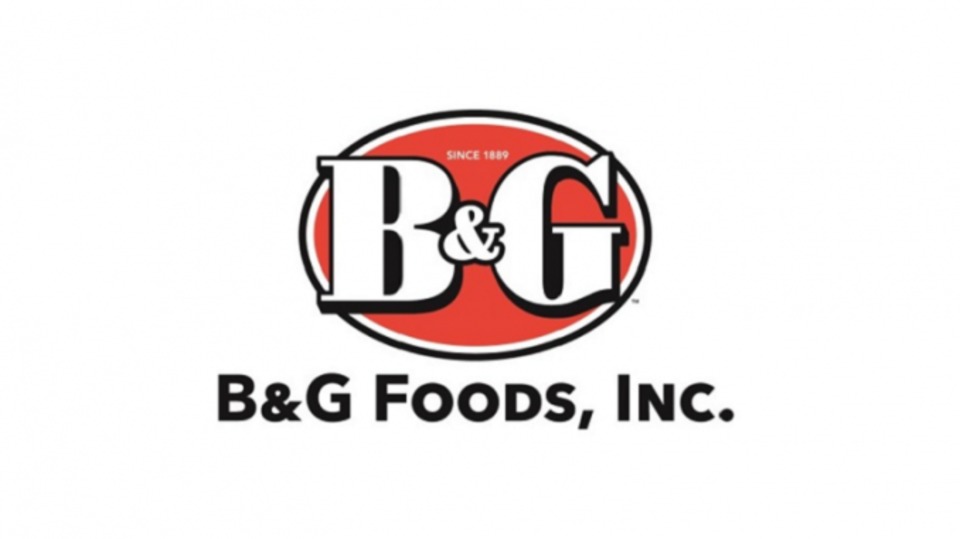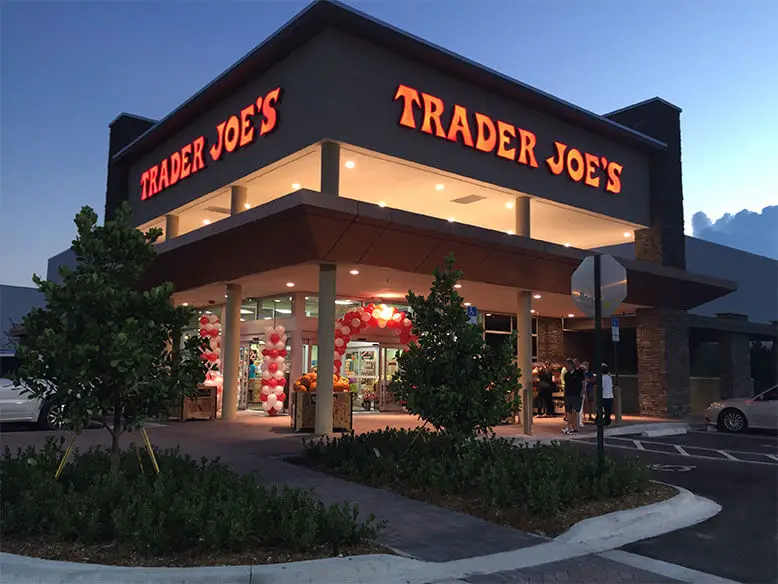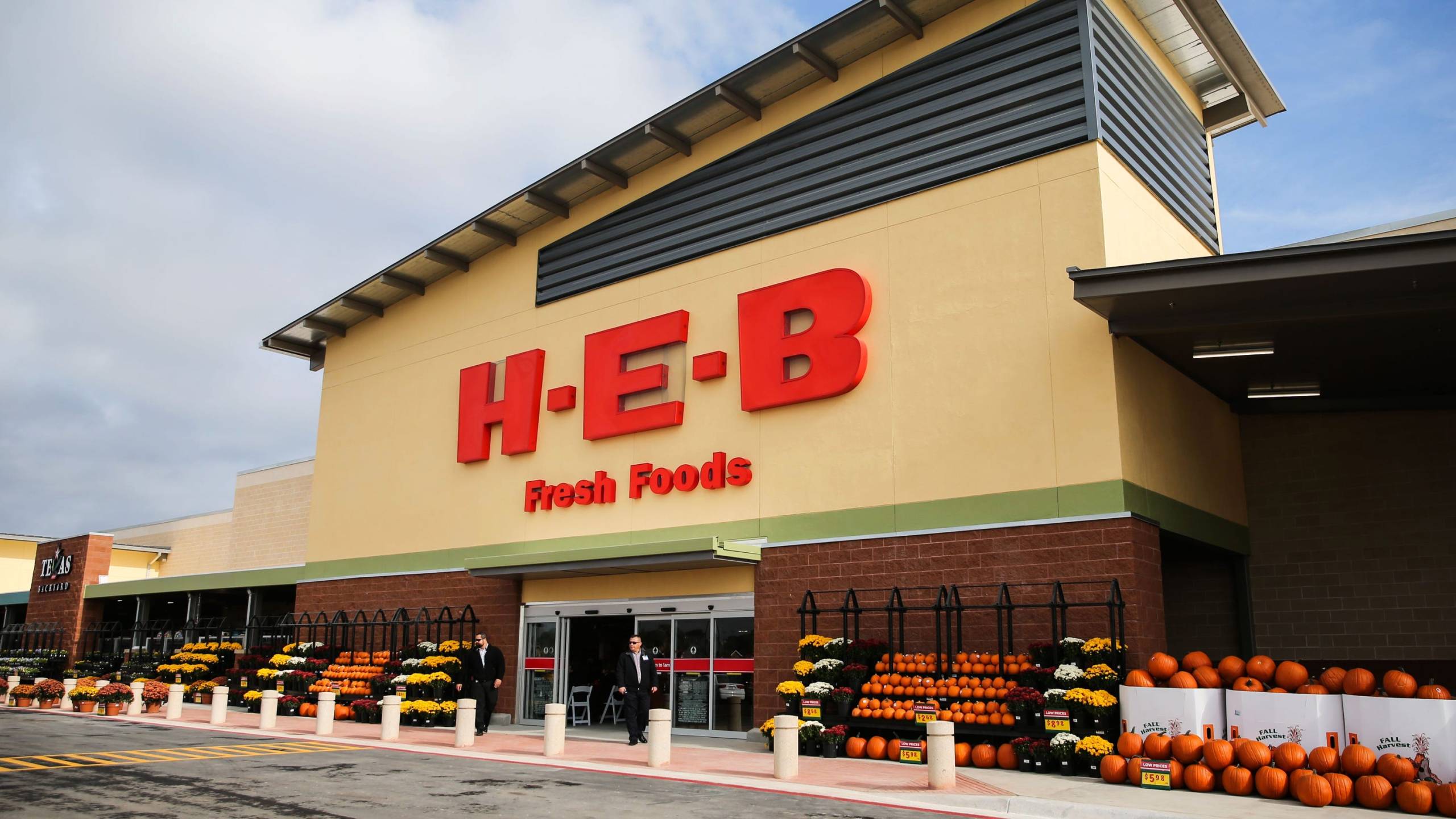Whole Foods Market Mission and Vision Statements Analysis

Introduction
Whole Foods Market is a natural and organic food store chain that started in 1980 when four local businesspeople from Austin, Texas took the natural food industry to the supermarket format.
They opened the first store with a staff of 19 people, which quickly became a success. At that time, there were just a few natural food supermarkets in the US. Now, it has more than 500 stores in North America and the UK. In 2017, its net sales accounted for USD 16 billion.
How does WFM make money? The business model of Whole Foods Market is the operation of retail stores where people can buy natural, organic food and private-label items as well as vegan and gluten-free products.
In 2017, the company was acquired by the Internet giant Amazon for more than USD 13 billion. Many analysts have wondered if Amazon/Whole Foods Market is a monopoly now that serves some of the most essential needs for the Americans in terms of commerce. Undoubtedly, this provides the company with a lot of power and control.
The organization is committed to bringing the finest natural and organic food available maintaining the industry’s strictest quality standards and supporting sustainable agriculture while adding. They also seek to add fun and excitement to grocery shopping. Whole Foods Market competitors are Trader Joe’s and Sprouts Farmers Market.
Mission Statement
Whole Foods Market’s mission statement is: Our purpose is to nourish people and the planet. We’re a purpose-driven company that aims to set the standards of excellence for food retailers. Quality is a state of mind at Whole Foods Market.
WFM’s mission statement explained through its components
Nourish people and the planet: It aims at providing healthy food to sustain and support the people’s bodies but also thinking about the land, the community, and everyone involved in the process of producing food. It encourages humans to live well.
Purpose-driven company: This concept goes beyond having a clear mission focused on generating economic value for the company. It speaks about a higher purpose that reflects an aspirational goal involving people with the organization to make a difference and give them a sense of meaning.
Set the standards of excellence for food retailers: They have defined standards of excellence to achieve the top quality products from their providers. This includes organic food on the best conditions of freshness, texture, flavor, and variety. The retailers must work with food free of toxic and chemicals commonly used on conventional products but this doesn’t mean that they are primitive. They foster the crop rotation to vary the nutrients that the soil receives, cover crops to protect it, the release of beneficial insects to control pests and adding compost and plant wastes.
Quality is a state of mind at WFM: Taking care of all the food production process and demanding high standards from the retailers, Whole Food Market can guarantee the quality of the products it offers.
Core Values
Whole Foods Market’s core values are:
- Selling the highest quality natural and organic foods.
- Satisfying and delighting their customers.
- Promoting team member growth and happiness.
- Practicing win-win partnerships with the suppliers.
- Creating profits and prosperity.
- Caring about the community and the environment.
All the WFM’s stores offer welfare rated meat and ingredients that customers can trust. This is achieved with the help of experienced staff and by making partnerships with farmers and suppliers. They make sure that all the products meet the highest standards by researching ingredients and auditing sourcing practices.
The organization is committed to easing the shopping moment for clients, who know that if the food does not meet a set of standards, they will not be able to find it there. They put the customers at the front of what they do, trying to satisfy their expectations about the shopping experience, and providing good customer service.
They take care of the store environments trying to make them fun and attractive places where people can nurture and at the same time, educate themselves. Finally, WFM considers the importance of motivating the team members and carry on inclusive practices.
Resources
Whole Foods Market; Company Info; availabe at: https://www.wholefoodsmarket.com/company-info
Net sales of Whole Foods Market worldwide from 2010 to 2017; posted at Statista on 02/27/2020; available at: https://bit.ly/3lLt8Kz
MEYER, Robinson; When Does Amazon Become a Monopoly?; posted on 06/16/2017 at The Atlantic; available at: https://bit.ly/32PDmkm
Perspectives: Nourish Means; posted at Nourish; available at: https://bit.ly/2Z3hMYp
QUINN, Robert E. and THAKOR, Anjan V.; Creating a Purpose-Driven Organization; posted at Harvard Business Review on 08/2018; available at: https://bit.ly/2DpSa0k
Principles of Organic Farming; posted on Whole Foods Market; available at: https://bit.ly/2F1OvGE











